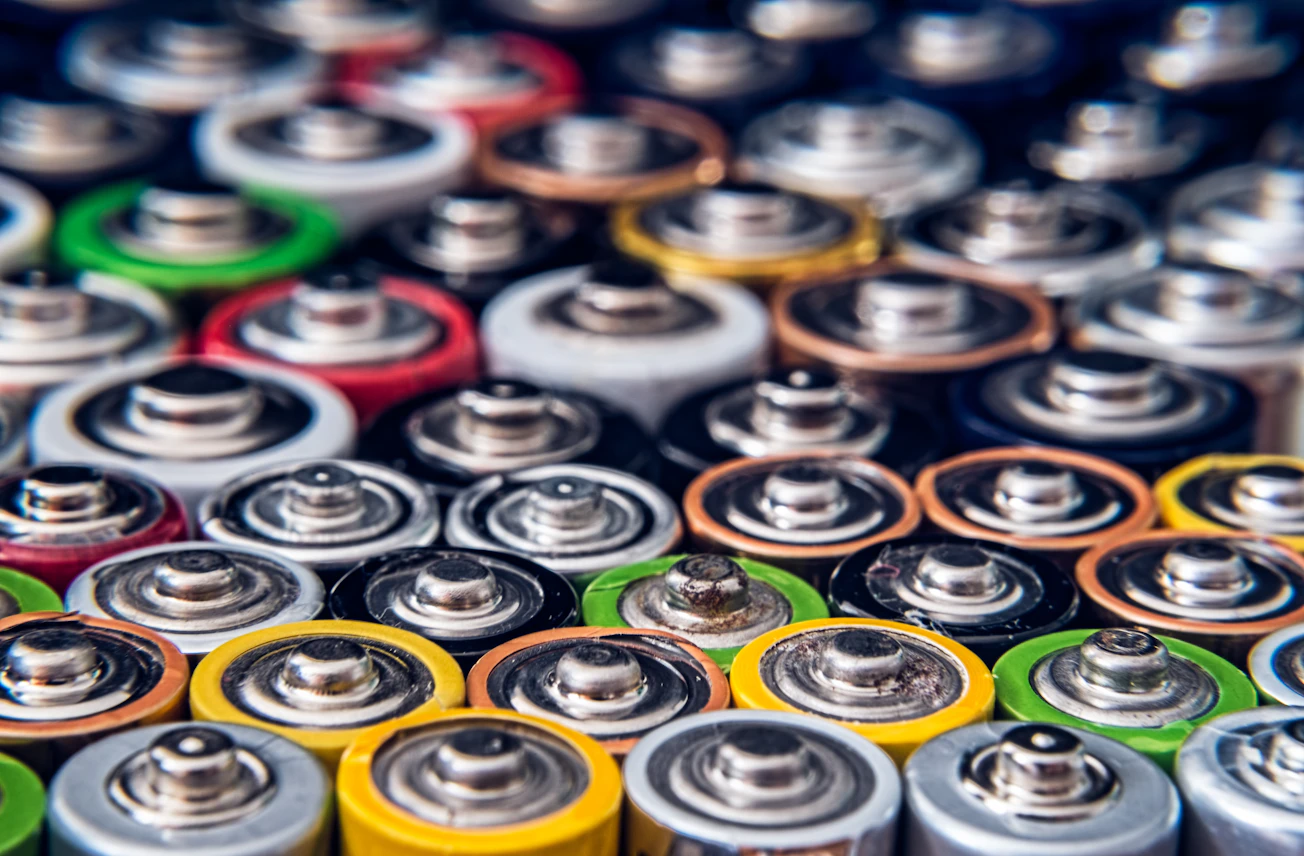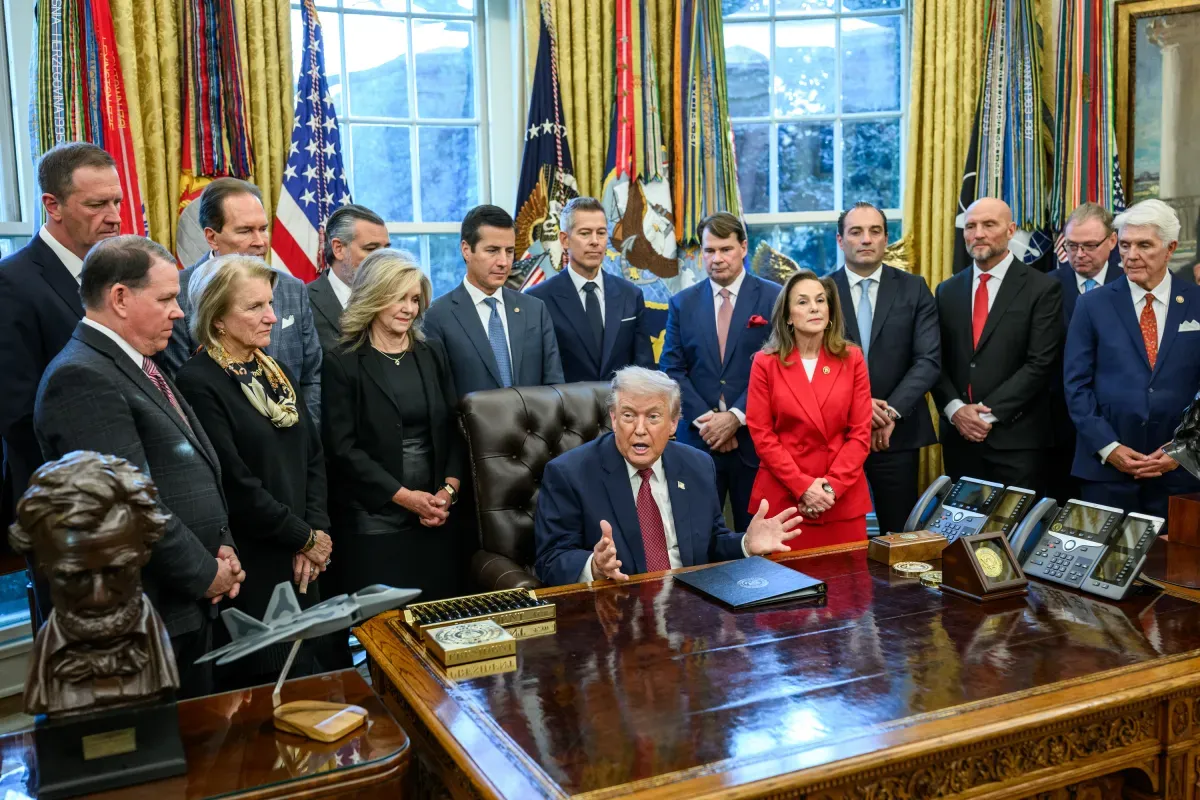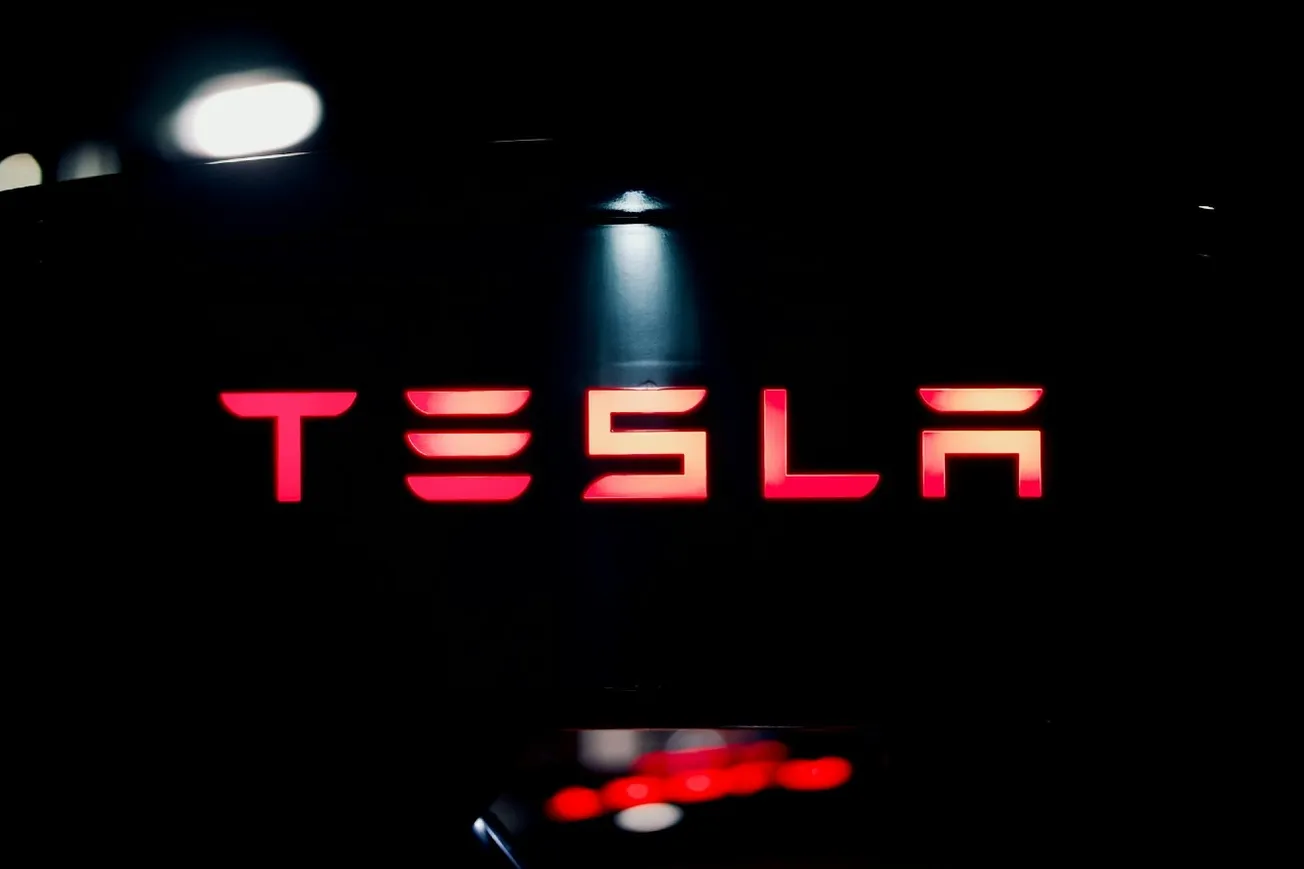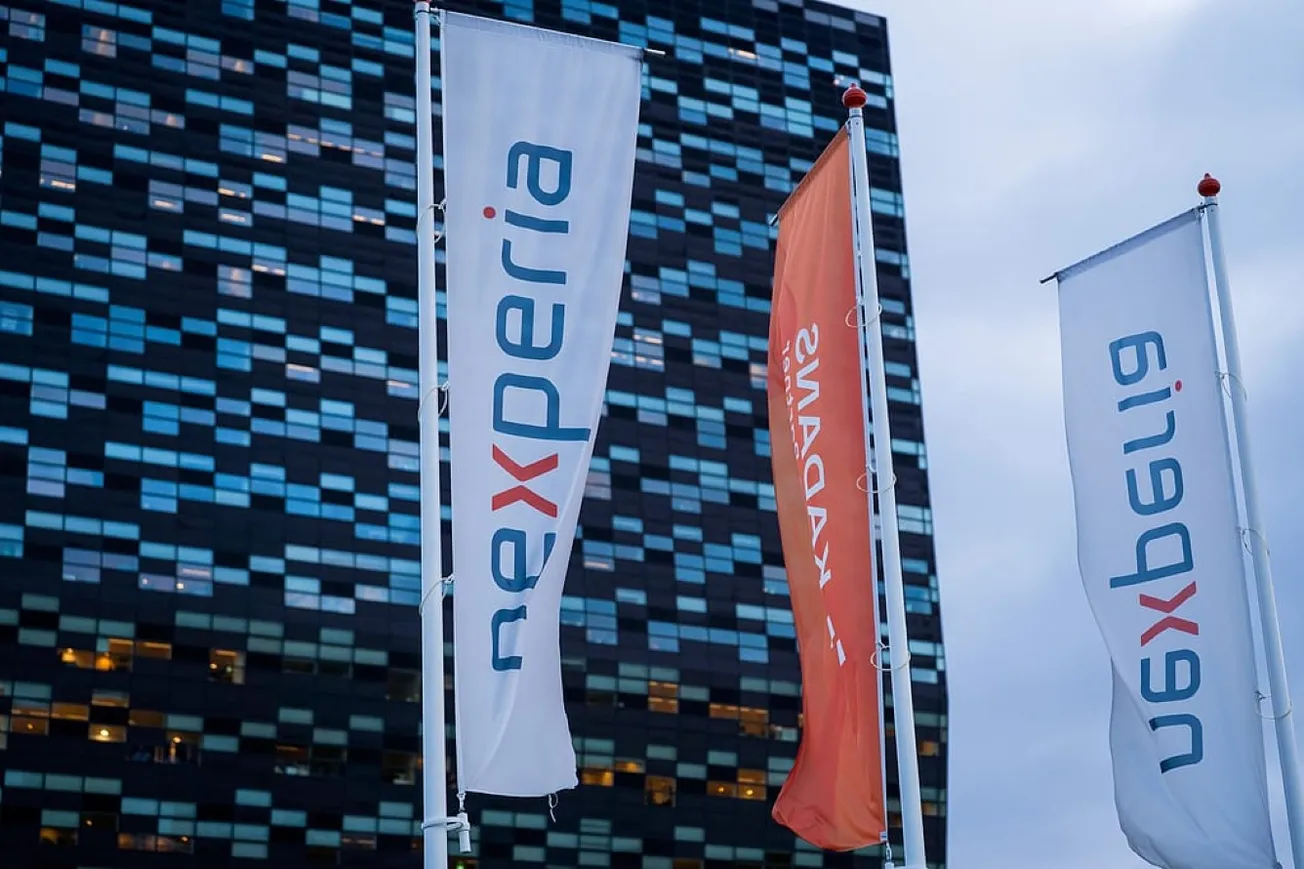South Korean researchers have created a material that allows lithium-ion batteries to hold more energy and charge faster. Anodes using manganese ferrite nanosheets can boost lithium ions by 50 percent.
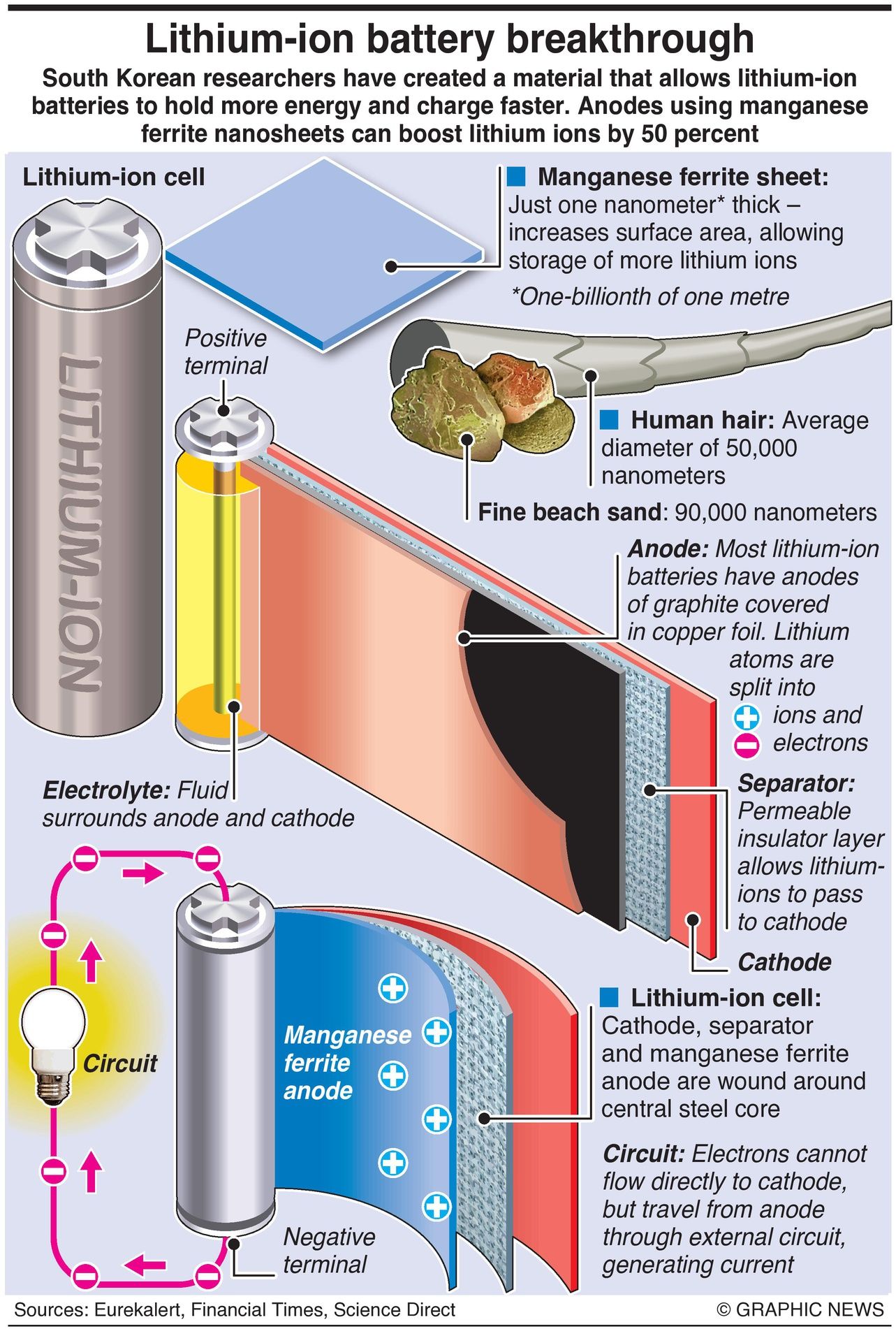
The efficiency of lithium-ion batteries, the type used in electric vehicles, is determined by the storage of lithium ions at the anode. The anode releases ions during discharge and receives them during charging.
Most lithium-ion batteries have anodes made of graphite covered in copper foil. Still, researchers at South Korea’s Pohang University of Science and Technology (POSTECH) say they’ve developed a way to get an alternative anode material -- manganese ferrite -- to hold more lithium ions than previously thought possible. This breakthrough allowed the team, led by Professor Won Bae Kim, to effectively exceed the theoretical capacity of the manganese ferrites anode material by over 50 percent.
The key was synthesizing the manganese ferrite into nanometer-thick sheets -- this increases its surface area, allowing for the storage of more lithium ions.
A nanometer is one-billionth of a meter, 50,000 times thinner than a human hair.
The researchers say using their material for anodes would increase the capacity of EV batteries and cut charging times from several hours to just six minutes.
Professor Won Bae Kim stated, “We have offered a new understanding of overcoming the electrochemical limitations of conventional anode materials and increasing battery capacity.” He expressed optimism that this development could increase battery durability and reduce recharging time for electric vehicles.

